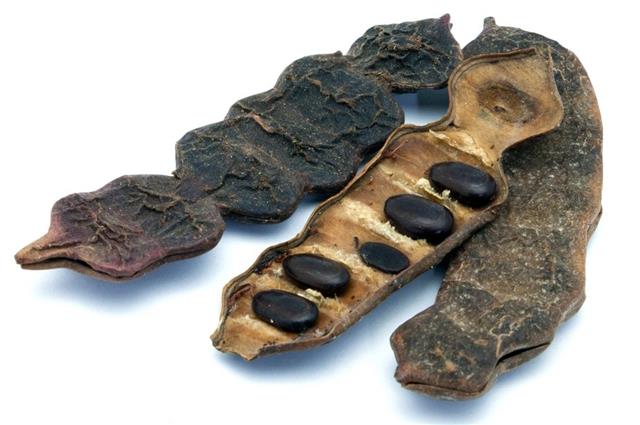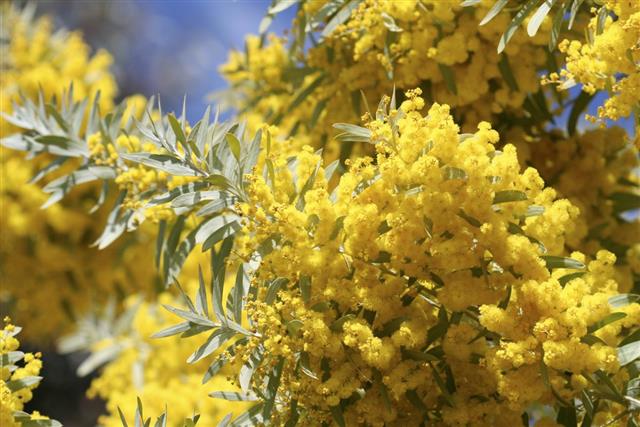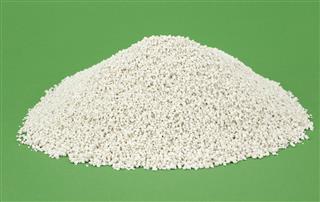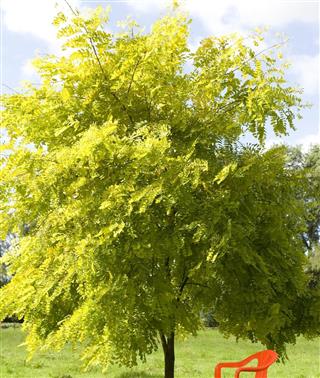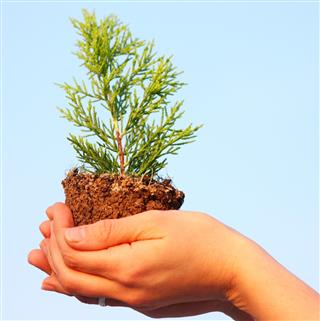
Maximum of the Acacia tree species originate from Australia and some of them come from the Europe, America and warm regions of Asia. Acacia tree look beautiful with their cylindrically clustered flowers, that have raised their demand. They are used for commercial, ornamental, medicinal and many more such purposes. To know the ways of growing Acacia trees, read through the article.
Acacia belongs to the Mimosoideae subfamily and are of shrub and tree type. In the 1601, seeds of this tree were introduced in Europe. Since then, Acacia became popular and many wanted to plant this exotic tree in their fields and backyard of their homes. Every species of Acacia differs in properties and appearance. Some of the Acacia tree species have feather shaped leaves while some have flat petioles. The flowers appear in clusters and are in white, purple and yellow in color. The structure of flowers and color differs from one tree to other. Acacias have been in use for years in shipbuilding as their wood is strong, sturdy and durable.
Growing Acacia Tree
Planting and growing an Acacia tree is not difficult. However, one should be familiar with the ways of growing the Acacia trees, to determine their health from time to time. While growing a tree, it should also be well nurtured to avoid pests. Given below is the technique on how to grow the Acacia trees.
Cultivation
Acacia tree can be planted by cuttings or even sowing seeds. However, the cuttings must be planted in the summer time and kept warm and moist till it develop roots. If you are starting with seeds, before the planting them, soak them in warm water overnight and then germinate them in the months of February and March. Take a seed tray and fill it with some river sand and peat moss. Then plant the seeds at a distance of ¼ inch and sow it equally deep. Maintain a warm and humid atmosphere near the seed tray to speed up the process of germination.
Transplanting the Seeds
Once the seeds sprouts, take root and saplings are an inch tall, separate them and place them in different containers. Acacia tree grows well in sunlight, but light should be introduced gradually. Too much sunlight can damage the sapling. Fill the base of the container with rocks to allow the water to drain. The soil should be moderately wet for proper growth of the tree.
Planting the Acacia in the Yard
Acacias are suitable to grow in open spaces. Once the seedlings begin to develop roots, shift it in your backyard. The roots of the Acacia tree grow faster and tend to curl. In that case, before replanting it, slightly trim the curls and cover it up with soil. Acacias grow tall and spread out. Therefore, eventually growing it in the yard is the suitable place for this tree species.
Pruning
Pruning is a vital process while growing a tree. It enhances growth and keeps the tree from infections. In order to prune an Acacia tree, trim the dead, diseased and infected branches. This will prevent the tree from developing infections and also enhance the growth of flowers. Make sure that the branches grow at wider angles, so that they grow out to be strong, sturdy and hard.
Fertilizing
Fertilizing is one of the requirements to grow an Acacia tree. However, it requires minimal fertilizing. As the tree is growing use the fertilizers after every 20 days. Usage of fertilizers should be minimal once the tree is fully grown.
Acacia Care
Trees are prone to infections and pests. Acacia too, is no exception, which is likely to get infected by anthracnose and goat-moth. Mites, aphids, thrips and flies are other insects that cause damage to Acacia. Acacias grow well in full sunlight and dry soil. However, in the initial stages the tree should be gradually introduced to the light and later, it must be exposed to light for at least 6 hours a day.
Growing a tree requires a lot of care and attention, to say the least. Gardeners have a choice of selecting the right type of tree for them. Proper care can enhance the growth of the tree, which can provide maximum of its benefits. These trees are very beautiful, especially when they are in bloom, which is one of the reasons today, these trees are greatly used for landscaping too.
